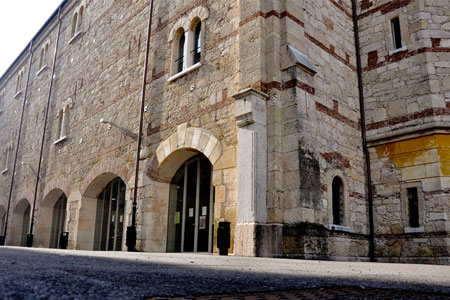Relatore:
Battista Severgnini
- Copenhagen Business School
lunedì 15 novembre 2010
alle ore
12.30
Biblioteca DSE, Palazzina 32 ex caserma Passalacqua
This paper explains the puzzle of divergent city growth rates after the Black Death in Late Medieval Europe. Contrary to the Malthusian prediction of a return to the old population size equilibrium after an exogenous decline of the population due to a high capital stock per capita and the following up lower death rates, comparable poorer cities and regions affected by the Black Death performed better than rich cities. We explain this by the Rybczinski theorem, which states that the incentives to trade are the smaller the higher are the endowments of a city for example in form of natural resources. To show this we implement the Rybczinski theorem in the framework of a dynamic general-equilibrium model with the characteristics of a von Thuenen-type model with different natural resources. The outcomes of the simulations show that when the population is drastically reduced, the areas with the highest resource abundance decline and are overtaken by smaller and poorer cities, which become new important markets. The results of the model are confirmed by empirical evidence: exploiting historical data on the Black Death and on the trade routes, we observe that, in the areas where the disease killed an important part of the population, new urban areas without natural resources increased their importance to the detriment of the leading and established markets before the outbreak of the Black Death.







